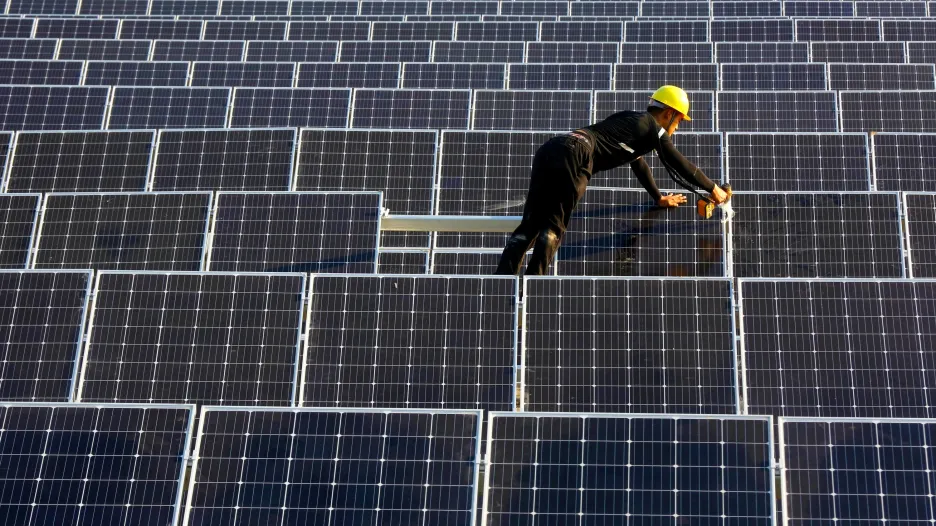The silicon problem shows how the global economic crisis is cascading in many ways. The reduction in production in China, by far the world’s largest producer, is the result of efforts to reduce energy consumption. And for many industries, it is impossible to avoid the adverse effects of its shortage.
Silicon is the second most abundant element in the earth’s crust after oxygen, making up about 28 percent of it. It is used, among other things, in computer chips, concrete, glass and automotive components. It can be cleaned into an ultra-conductive material that helps convert solar light into electricity in solar panels. And it is a raw material for the production of silicone – a compound resistant to water and heat, which is widely used in medical implants, sealants, deodorants, kitchen gloves and other products.
Silicon metal is produced by melting sand in a furnace. For most of the time, since the beginning of this century, its price has ranged from eight thousand to 17 thousand yuan (27,100 to 57,600 crowns) per tonne. But then producers in Yunnan Province were ordered to reduce production by 90 percent below August levels due to electricity shortages from September to December. The price has since shot at almost a quarter of a million crowns per tonne.
–
Yunnan is the second largest producer of silicon in China, accounting for twenty percent of total production. Sichuan Province, the third largest producer with a share of about thirteen percent, is also facing a reduction in electricity supplies. The largest producer is Xinjiang Province, which does not yet experience major electricity problems.
Fears of stagnation of economic growth
Along with higher oil and metal prices, such as aluminum and copper, silicon shortages further increase the pressure facing supply chains. They have a choice – they will either accept a reduction in margins or increase prices for customers. One way or another, the detrimental double effect – on inflation and on economic growth – raises concerns about global stagflation, ie stagnation of economic growth with high price growth.
The shortage is already reflected in the solar industry. Prices of polysilicon, the main component of photovoltaic panels, are now the highest in decades. Since the beginning of June 2020, the price of this material has increased by more than four hundred percent.
–
Silicon also plays an important role in aluminum alloys, where it acts as a plasticizer. Thanks to it, the metal is less brittle when manufacturers shape it into products needed in various industries, from cars to appliances.
Prices are expected to remain around current levels until next summer, before new plants start up in the second half of the year, said Shanghai Metals Market analyst Yang Xiaoting. In addition, demand is growing from the solar and electronics sectors. “Even if energy supplies were not limited, there would be a shortage of industrial silicon,” explains the analyst.
– .


